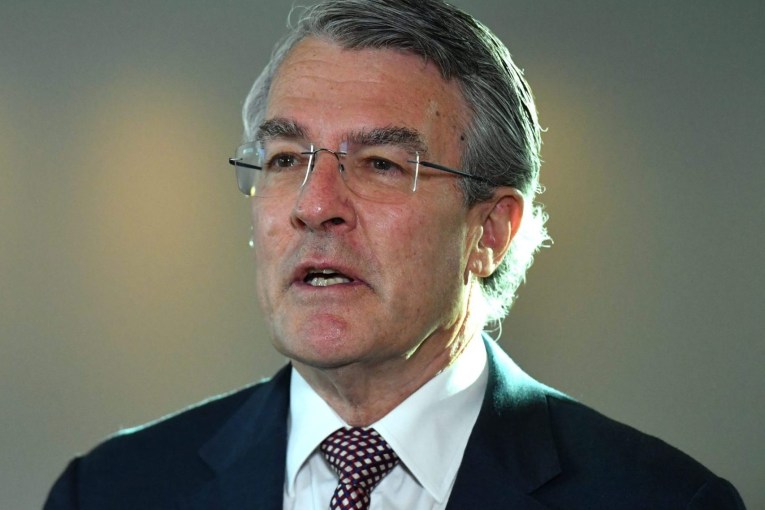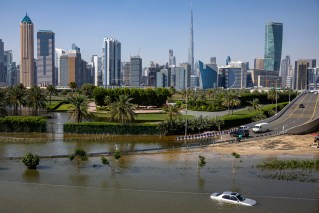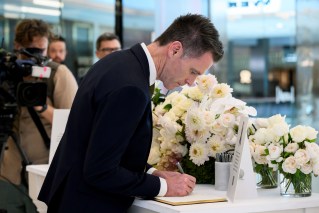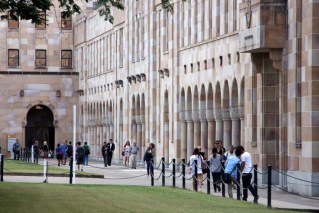Rockhampton tops the class amid teacher shortage talks
Federal Treasurer Jim Chalmers has positioned regional Queensland as key to rebuilding the nation’s workforce numbers, stopping in Rockhampton where teacher vacancies have jumped 60 per cent in the past year.


State education ministers are working on new initiatives to half the exodus of teachers from the system. (File image).
Chalmers’ tour of the central Queensland city Wednesday and the Sunshine Coast Thursday with Assistant Education Minister Senator Anthony Chisholm comes ahead of talks between the nation’s education ministers, teachers and experts in Canberra tomorrow aimed at alleviating crippling workforce shortages in the classroom.
The Queensland Teachers’ Union (QTU) revealed recently that more than 300 Queensland state schools were patching workforce gaps with administration and managerial staff as teacher vacancies state-wide soared by 38 per cent in one year.
Figures from State Parliament showed there were 1050 teacher vacancies in Queensland at the end of May this year, compared with 760 recorded in a similar time frame last year
Queensland’s north coast region has been the worst hit, spiking from 15 in 2021 to 101 in 2022, a 573 per cent increase.
Vacancies jumped 81 per cent in metropolitan areas from 92 to 167, and 59 per cent from 138 to 220 in central Queensland.
The QTU said the data showed understaffing had been increasing at the rate of “at least five per cent per year”.
In NSW, the State Government is considering a new plan to offer higher paid roles that will reward the highly-accomplished and stop the best educators leaving the classroom.
NSW Education Minister Sarah Mitchell said creating a stronger career path for classroom teachers which better rewards performance was key to modernising the education system and attracting more people to the profession.
“This is about finding new ways to work with the profession to recognise excellence,” Mitchell told reporters on Thursday.
Under a new plan led by education expert John Hattie, key stakeholders and teachers will enter talks to develop a new pay model to modernise the education system, Mitchell said.
QTU president Cresta Richardson said her organisation was also calling for a major rethink on delivering fair and equitable funding models to benefit all Australian students, schools and teachers.
She said key to reform was attracting and placing new teachers and retaining the sector’s current valued workforce.
“We do this through forming workable partnerships with our universities, plus a healthy dose of overdue federal investment,” Richardson said.
“It’s time education retakes its rightful place on the public and political agenda to help deliver a society that benefits us all.”
Federal Education Minister Jason Clare said declining numbers of new graduate teachers, increasing demand from a growing student population and an ageing teacher and leadership workforce were all contributing to teacher shortages.
“Previous modelling of teacher demand and supply has suggested that these shortages could worsen over the coming years, with the demand for secondary teachers to exceed the supply of new graduate teachers by around 4100 between 2021 to 2025,” he said.
“The existing shortages have been exacerbated by the Covid-19 pandemic, with teachers working in a challenging environment and education systems and schools having had to innovate to manage illness and absences.
“However, Covid-19 related shortages are just one part of a broader and systemic issue.”
The focus on teachers comes ahead of a broader federal government effort to address the nation’s tightening labour market, culminating in the national jobs summit at Parliament House in Canberra on September 1-2.
Chalmers told reporters that Rockhampton was the ideal location to get a “frank assessment of the combination of issues in the local jobs market”.
“Whether it’s labour shortages or issues around housing, access to health care, whether it’s issues around migration, we knew we’d get a good mix of industries, resources, agriculture, and some of the other industries here as well,” he said.












